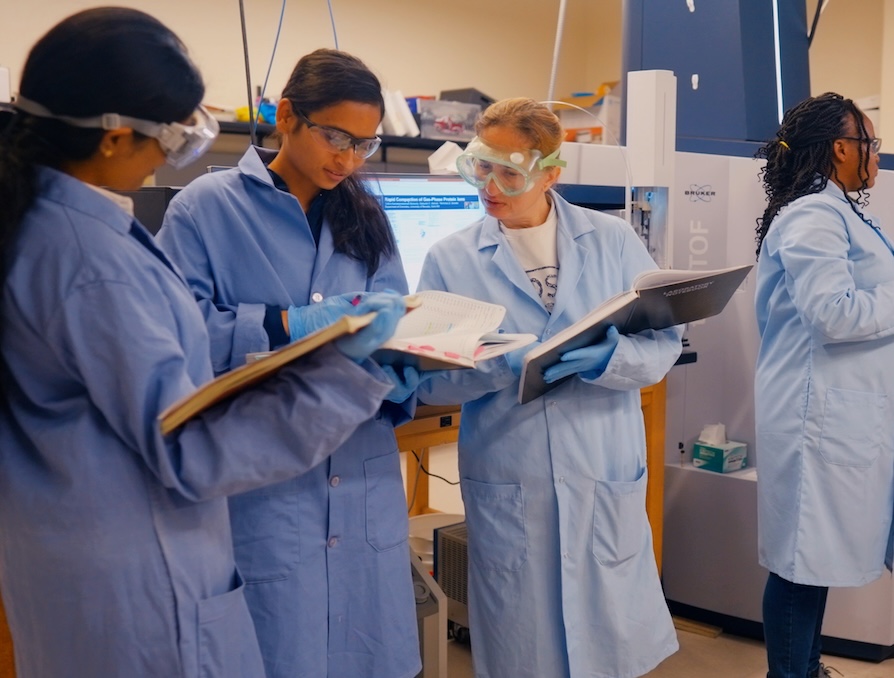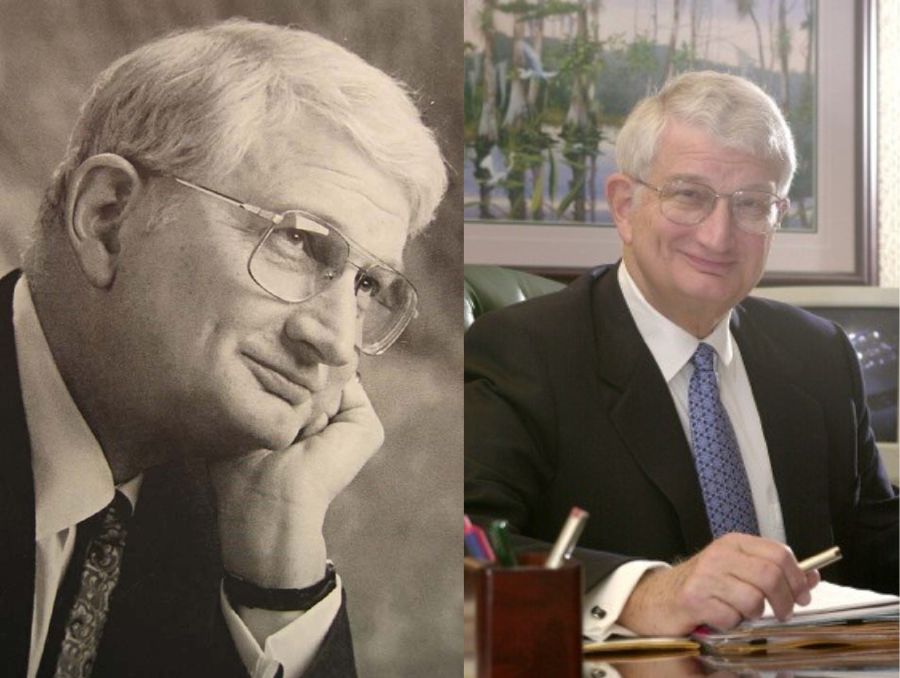There is a renewed vision for the University’s Whittell Forest & Wildlife Area, one that sees the mountain forest supporting a range of experiential learning, research and creative activities by faculty and students across a broad range of disciplines and throughout the Nevada System of Higher Education. Enhancements in the support and operation – including a new Whittell Forest Graduate Research Fellowship – will further facilitate this opportunity.
This natural, living laboratory encompasses 2,650 acres and is situated in the Carson Range along the Sierra Front, bordered on the west by the Tahoe Rim and on the east by the community of Washoe Valley.
Sarah Bisbing, director of the Whittell Forest & Wildlife Area, a part-time role with Research & Innovation, describes the forest as “an incredibly beautiful piece of land – a hanging valley with a meadow system, quaking aspens and intact wildlife populations. It’s an exquisite place for a class or field work.”
The study of wildlife, insects, soils and forest ecology are prominent in the long history of research and teaching at the Whittell Forest. As research in these disciplines continues, Bisbing is also encouraging engagement from new fields of study and aiming to increase broader interest in the forest, ranging from snow hydrology and climate change, to the social sciences, humanities and art, as well as a deepened representation of diversity and inclusion.
Leadership
Bisbing’s appointment to the director role in early 2020 is one of several recent developments. Bisbing continues as assistant professor in the College of Agriculture, Biotechnology and Natural Resources, Department of Natural Resources and Environmental Science.
She brings to her faculty and forest-management roles an in-depth knowledge of forest ecology, forest management, fire ecology and related sciences, plus experience in land management and with cultural and regulatory requirements relative to field sites. Her current research includes leading a multi-state team of scientists and forest managers in a long-term, Sierra Nevada-wide study, the Sierra Nevada Adaptive Management Experiment, to identify alternative forest management treatments to improve conifer forest resistance and resilience to climate.

Bisbing also chairs the Whittell Forest Advisory Committee, reconstituted in 2020 to assist with management plans and stewardship practices.
“The property doesn’t stand in isolation. It works in concert with adjacent lands and it is important that we manage this with constituent input,” Bisbing said of the Advisory Committee that includes representatives of the Nevada Division of Forestry, USDA Forest Service, the University’s Nevada Agricultural Experiment Station, University leadership and nearby residents.
Hunter Noble joined the University in August 2020 as the forest manager. Noble began his forestry career at Blodgett Forest Research Station, a UC Berkeley research forest, and is interested in how forest management can promote resistance and resilience to climate change and its associated disturbances, while also meeting the diverse needs of stakeholders and society.
“Because natural disturbances such as wildfire, insect outbreaks and droughts are becoming more severe and more frequent as a result of climate change, identifying methods to sustain forests and their services will be critical in the near future,” said Noble.
Graduate Research Fellowships
Friday, Sept. 11, 2020, is the application deadline for two, new fellowships to be awarded for the 2020-21 fiscal year. Supported by Research & Innovation, the awards of up to $1,500 are available to graduate students enrolled in any academic program at the University of Nevada, Reno or the University of Nevada, Las Vegas, to advance graduate work that can be centered in the forest setting.
More information about the Graduate Research Fellowship and the application process
Access and reservations
Access to the Whittell Forest & Wildlife Area is restricted, both in terms of the road and the weather. The trip takes roughly 1.5 hours from the University’s main campus, and 4-wheel drive vehicles are necessary. The area can typically be accessed from May through October. Despite the limitations, faculty and students are encouraged to consider opportunities to leverage the site in research, creative and outreach activities, and apply to visit. Find the new online reservation and application system to access the site here.
Organizational support
With the support of CABNR faculty conducting wildlife and habitat research and the approval of the Nevada System of Higher Education Board of Regents, a portion of the Jay Dow Fund, $225,000, has been allocated to support the Whittell Forest & Wildlife Area. The majority of the fund remains to support development of research at the Jay Dow Sr. Wetlands, a property supervised by CABNR and located in the vicinity of Herlong, California, near the Nevada border.
The long-standing commitment to maintain the Whittell Forest in a primitive state remains in place. Private fundraising and the pursuit of extramural funding, along with the Jay Dow Fund allocation, is planned to allow for projects such as establishment of a groundwater well and remote weather station, and refurbishment of a rustic cabin and camp area.
The support of CABNR faculty members is an example of interest in the Whittell Forest effort that Ahmad Itani, associate vice president for research, has seen in other settings. The vision and new plans for the Whittell Forest have been presented to and supported by the University Research Council and the Faculty Senate.
Administratively, the Whittell Forest &Wildlife Area is part of the University’s core labs and facilities reporting to Itani and including the Nevada Genomics Center, Mick Hitchcock, Ph.D. Nevada Proteomics Center and Nevada Center for Bioinformatics.
Learn More
The Whittell Forest & Wildlife Area was gifted to the University in 1959 by George Whittell, an eccentric millionaire who spent much of his life at Lake Tahoe. Since then, the Whittell Forest has grown to 2,650 acres through purchases of land in 1977 and 1979 and an additional donation of land by Tom Hall and his wife in 1982.
More information about the Whittell Forest & Wildlife Area
The video accompanying this story, taken by Graduate Student Conor Phelan, shows a Black Bear (they are commonly brown in color) in the Whittell Forest & Wildlife Area.















